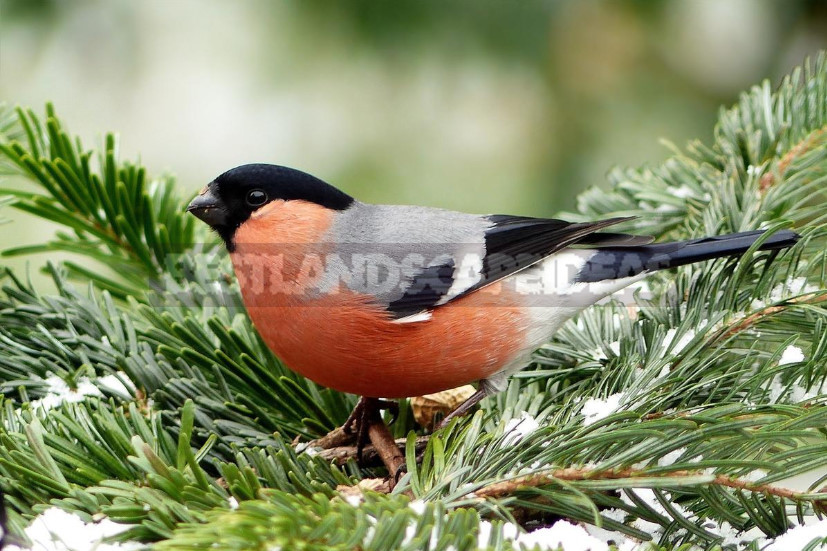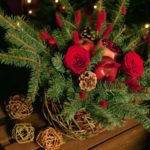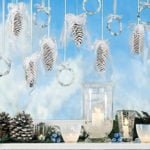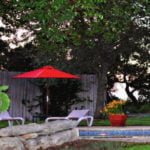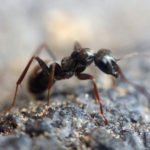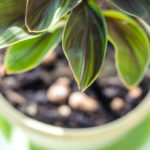The common bullfinch (scientific name Pyrrhula pyrrhula) was described by Carl Linnaeus more than 250 years ago. This is a bird from the order of sparrows. Everyone knows from childhood what a bullfinch looks like-calm, even phlegmatic, with a soft voice, somewhat larger than a Sparrow, the male has a bright red chest and sides of the head; a black cap, chin, wing tips and tail; a bluish-gray back; a white tail and stripes on the wings. The females are barely noticeable-the red color is replaced by brownish-gray.
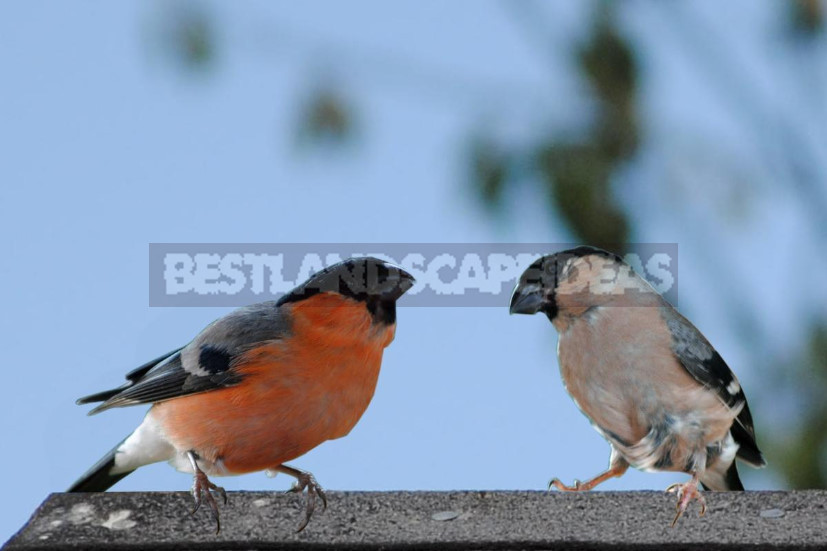
The song of the bullfinch does not differ in beauty and sonority, usually the singing bird quietly creaks and whistles. Not only male birds can sing, but also female birds. They resonate with each other, making a melodic, slightly sad, monotonous whistle.
For its beauty and calm disposition, the bullfinch was a favorite domestic bird. And today, these birds are caught in large numbers by birders. In captivity, they quickly get used to a person, become attached to the owner, and often become family favorites, like dogs and cats. Bullfinch has the gift of artistic whistling and in captivity easily learns simple melodies. In cages, with proper nutrition and care, they are even able to reproduce – they build nests on small Christmas trees, feed the chicks. But most often they are kept in cramped cages on a monotonous feed, and the red color of the plumage of the males quickly fades, becomes brownish. It’s a pity to keep such cute birds behind bars!
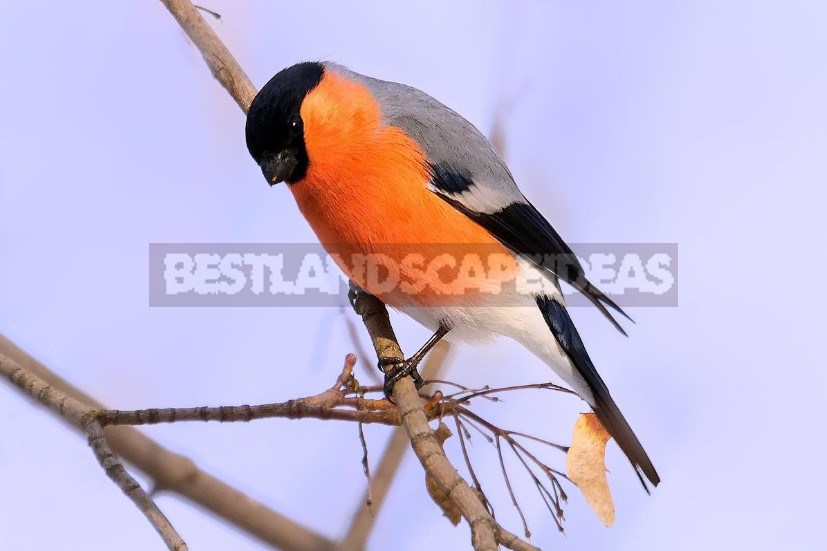
Bullfinches are herbivorous birds. In February, bullfinches sing, funny males take care of the females, feed them (the females are quite grumpy and open their beaks wide, red-bellied suitors hiss). In late April-May, they nest in the thick of branches in large coniferous or mixed (rarely deciduous) forests. At this time, they become silent and secretive, and behave cautiously.
Finding a bullfinch’s nest is quite difficult. Therefore, the nesting of these birds in parks and squares of large cities is surprising. Bullfinches usually lay 4-5 light blue eggs with red-brown flecks. The chicks spend about two weeks in the nest. Parents feed young animals with seeds, insects are rarely caught. They are very good parents. The author observed a male bullfinch that raised several orphaned chicks of great tits.
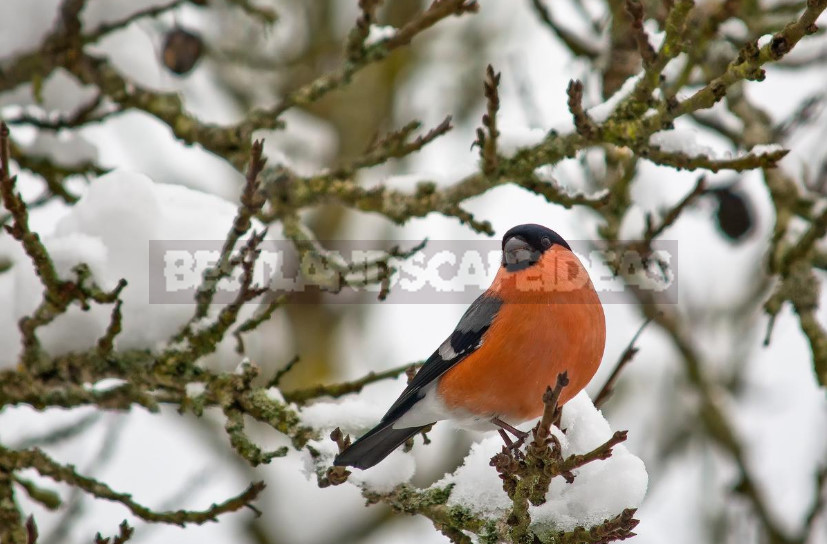
According to legend, the bullfinch selflessly broke the needles of the crown of thorns on the head of the Savior, and one drop of blood fell on his chest, turning it red. Therefore, the bullfinch is a symbolic bird, protected by the people.
Bullfinch, like many northern birds, is very trusting to people, lets people close to him. Now, instead of slingshots, boys, and adults, buy air guns and, having fun, often shoot at birds. The carefree bullfinch is the first possible victim of such would-be shooters.
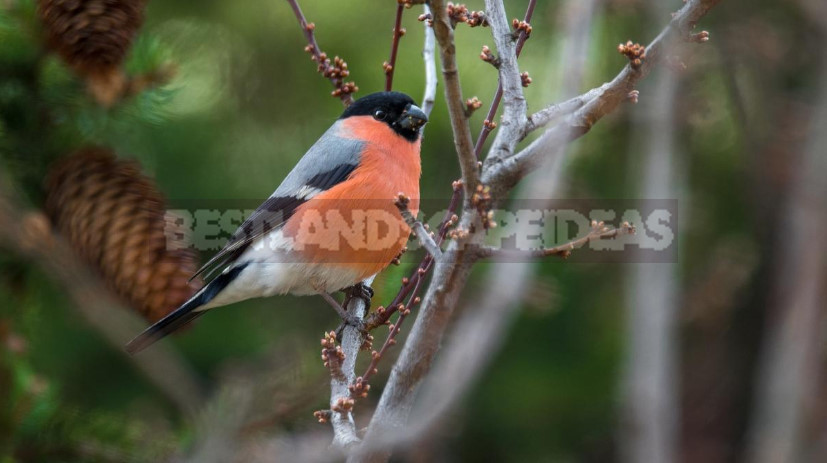
If you want to help the birds, to attract beautiful birds to your home or garden, in a country house-build a feeder. Hang there brushes of mountain ash, viburnum, and hawthorn. Even better-plant berry trees and shrubs on your site specifically for birds – there they will calmly feed and rest.
